Table of Contents
How To Wear a Backpack?
Let’s face it, backpacks can be a real pain. They dig into your shoulders, throw your posture off, and turn a simple walk into a hunchbacked struggle.
But fear not, fellow backpack warriors! This guide isn’t some sterile instruction manual. It’s your backpack bible.
Here’s the thing: a backpack shouldn’t be a burden. It should be an extension of yourself, a trusty sidekick ready for adventure, school, or that spontaneous weekend getaway.
So, let’s ditch the discomfort and transform you into a backpack-wearing pro.
Finding Your Perfect Fit: It’s Not One Size Fits All
Imagine that perfect pair of jeans – the ones that hug your curves just right and make you feel like a million bucks. That’s the kind of fit we’re aiming for with your backpack.
Here’s how to achieve backpack nirvana:
- Size Matters, Seriously: Don’t be a hero (or heroine), and try to stuff yourself into a backpack meant for a hobbit. Choose a backpack proportionate to your torso.
A pack that hangs below your hips will mess with your balance and turn you into a hunchback in the making.
Ideally, the backpack should sit comfortably at the base of your spine, no lower than your tailbone. - Taming the Shoulder Straps: These are the workhorses of your backpack world. Adjust them so they become one with your shoulders – snug but not constricting.
The weight should be evenly distributed across your upper back, not digging into your shoulders like angry little grabbers.
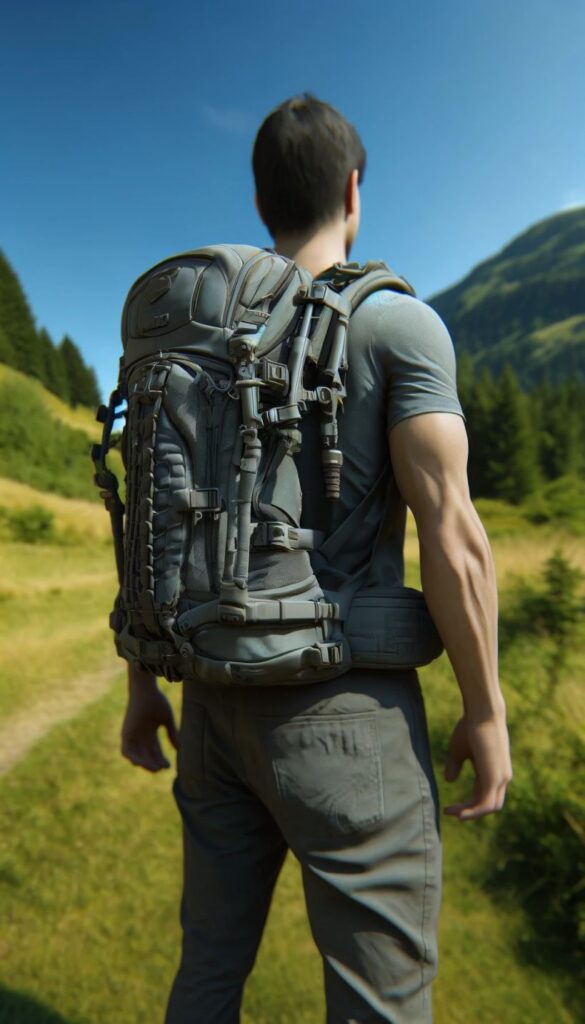
- The Hip Belt: Your Unsung Hero: This magical strap is like a weightlifter for your backpack.
It transfers the weight from your shoulders, those delicate butterflies, to your stronger hips, saving your back from unnecessary strain.
Fasten the hip belt snugly around your hips, making sure it takes on a fair share of the load.
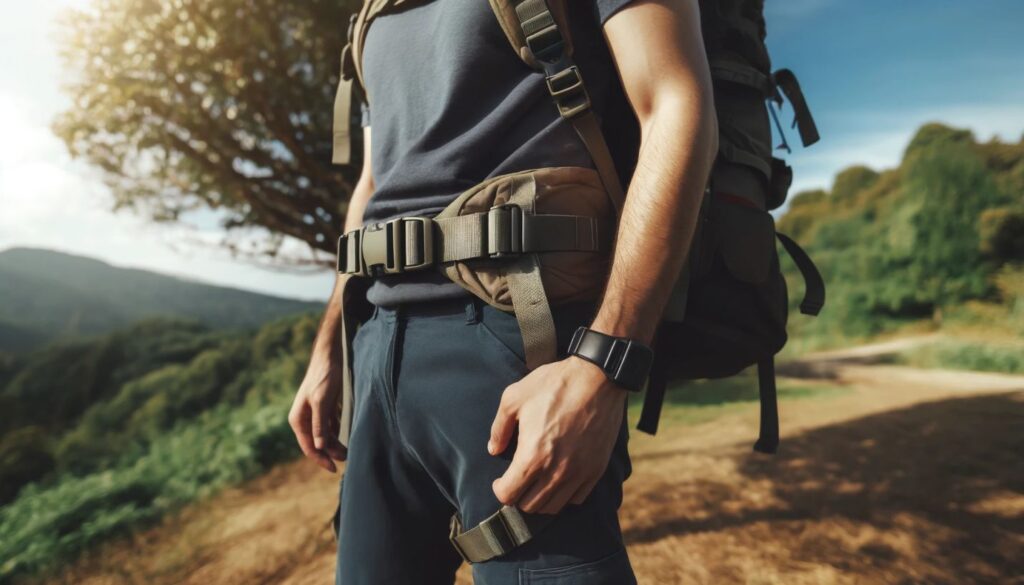
- Chest Strap Synergy: Picture the chest strap as the peacekeeper between your shoulder straps. It keeps the backpack from bouncing around like a hyperactive puppy while you walk or run.
Tighten it enough to stabilize the pack without feeling like you’re in a friendly wrestling match with your backpack.
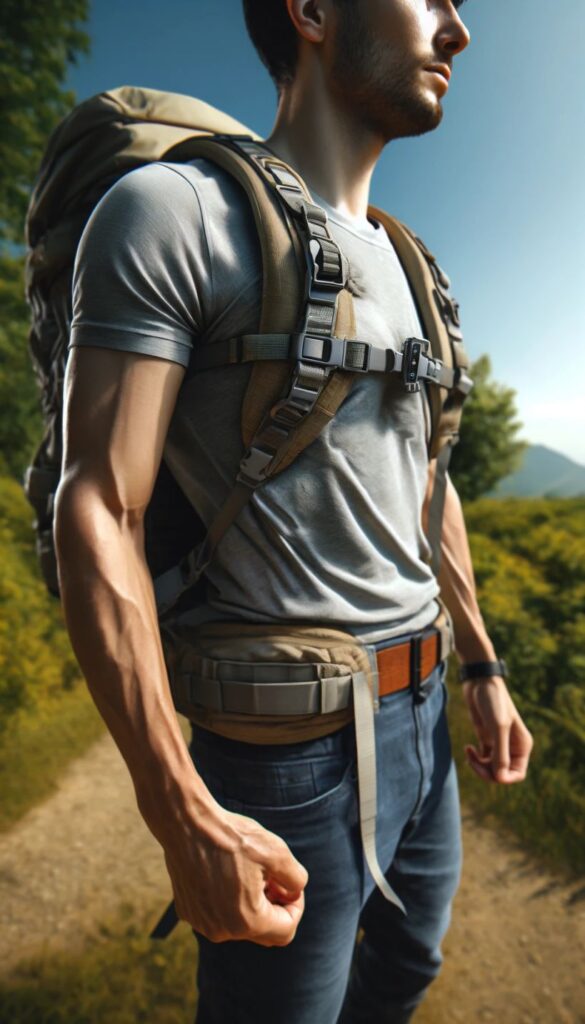
Pro Tip: When adjusting straps, loosen them first to slide the backpack on comfortably. Then, with good posture, have a friend help you tighten the straps for a perfect fit.
Packing Like a Pro: Organization is Your BFF
A messy backpack is a recipe for disaster. Trust me, I’ve been there. Here’s how to strategically pack for maximum efficiency and comfort:
- Heavy Hitters Down Low: Picture a seesaw. The heavier items go closest to your back, acting as the weight on the end closer to you.
This creates a center of gravity closer to your body, making the whole backpack feel lighter and keeping you balanced. Textbooks, water bottles, and laptops are prime candidates for the lower back compartment. - Compartment Chaos Conquered: Backpacks with multiple compartments aren’t just for show! Use them to separate your heavy textbooks from your delicate headphones.
This prevents your fragile belongings from getting crushed and makes finding what you need in a hurry a breeze. - Pack Smart, Not Hard: Don’t overstuff your backpack like a Thanksgiving turkey. It creates unnecessary bulk and strain.
Try rolling your clothes instead of folding them to save space. Utilize external pockets for easy-to-reach items like sunglasses or that emergency bag of gummy bears.
Bonus Tip: Pack a lightweight, foldable bag within your backpack. This comes in handy for unexpected shopping sprees or carrying souvenirs – because who doesn’t love a good souvenir?
Posture Power: Stand Tall and Backpack Proud
A backpack shouldn’t turn you into Quasimodo. Here are some tips to maintain good posture while rocking your backpack:
- Stand Tall, Be Strong: Maintain good posture throughout the day, even when carrying a backpack. Imagine a string pulling you straight up from the crown of your head.
Engage your core muscles for added stability – think of them as your internal backpack support system. - Adjust Regularly: Take breaks to adjust your backpack straps and redistribute the weight. This prevents fatigue and muscle strain in the long run.
- Core Strength is Key: Strong core muscles are essential for maintaining good posture with a backpack.
Include core-strengthening exercises like planks and bridges into your routine. This will make you a backpack-wearing boss.
Remember: Don’t be a hunchback! A good backpack shouldn’t force you to slouch. If you find yourself constantly hunching forward, it’s a sign your backpack is too heavy or improperly adjusted.
Beyond the Basics: Backpack Hacks for Everyday Life
Now that you’ve mastered the backpack fundamentals let’s unlock some bonus levels and elevate your backpack game to pro status. Here are some extra tips to make your backpack life even smoother:
- Hydration Hero: We all know the struggle of lugging around a separate water bottle. Look for a backpack with a dedicated water bottle pocket. This keeps your hydration readily accessible and prevents rogue leaks from soaking your precious textbooks.
- Tech-Savvy Solutions: Forget the low battery anxiety! Invest in a portable phone charger for backpacks with built-in USB ports.
This allows you to juice up your phone on the go, ensuring you can stay connected and capture those epic adventure moments. - Weatherproof Wonders: Let’s face it, life throws curveballs (sometimes in the form of rain showers).
Opt for a backpack made from water-resistant materials to protect your belongings from unexpected downpours. A dry laptop and notebook are a happy laptop and notebooks. - Reflective Flair: For the night owls and early risers out there, consider adding reflective material to your backpack. This enhances your visibility to motorists, keeping you safe during those pre-dawn or after-dark adventures.
Remember: A backpack is an extension of you, not just a bag to haul stuff around. Personalize it! Slap on some cool patches, pins, or keychains that reflect your style and interests.
Let your backpack be a conversation starter and a way to express your unique personality.
-
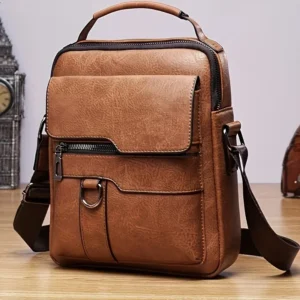 Felix Backpack$40.96
Felix Backpack$40.96 -
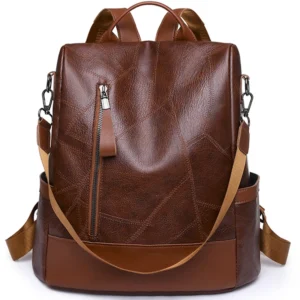 Zara Backpack$39.99
Zara Backpack$39.99 -
 Aurora Backpack$40.81 – $42.91
Aurora Backpack$40.81 – $42.91 -
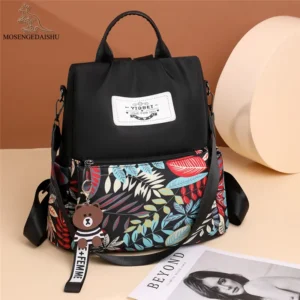 Celeste Backpack$24.58
Celeste Backpack$24.58 -
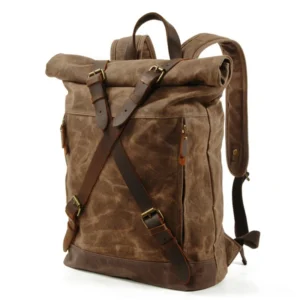 The Traveler Backpack$68.11 – $142.69
The Traveler Backpack$68.11 – $142.69 -
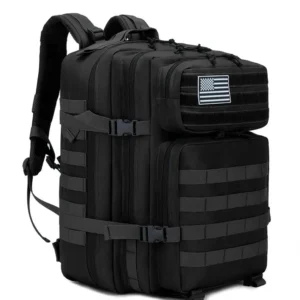 The Mavrick Rucksack$58.30 – $62.98
The Mavrick Rucksack$58.30 – $62.98 -
 The Ava Backpack$15.52 – $134.02
The Ava Backpack$15.52 – $134.02 -
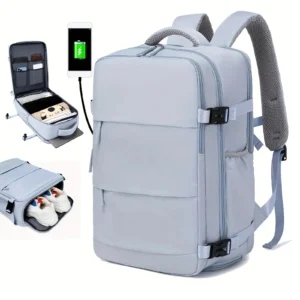 The Chloe Backpack$30.07 – $109.09
The Chloe Backpack$30.07 – $109.09 -
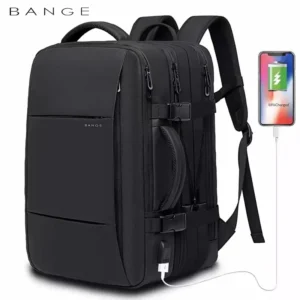 The Tom Backpack$99.37 – $115.72
The Tom Backpack$99.37 – $115.72
Conclusion: Backpack Bliss Awaits!
By following these simple yet effective tips, you can transform your backpack from a burden to a trusty companion.
Now, you can conquer your day, explore new places, and carry your essentials with confidence and comfort.
Remember, backpack bliss is within reach! So go forth, fellow backpack warriors, and embrace the adventure!
FAQs
-
What size backpack should I get?
The backpack should be proportionate to your torso. Ideally, it should sit comfortably at the base of your spine and no lower than your tailbone. When trying on backpacks, adjust the shoulder straps so the bag sits properly. You shouldn’t feel any strain on your shoulders or lower back.
-
How heavy should my backpack be?
Experts recommend that your backpack shouldn’t weigh more than 10% of your body weight. If your backpack is heavier, it can strain your back and shoulders.
-
How do I pack my backpack?
Pack heavier items, like textbooks and laptops, closer to your back for better weight distribution.
Utilize compartments to separate fragile items from heavier objects.
Pack lighter items, like notebooks and pens, towards the front of the backpack.
Don’t overstuff your backpack. -
What are the benefits of using the hip belt and chest strap?
The hip belt transfers weight from your shoulders to your hips, which are stronger and better equipped to handle the load. The chest strap keeps the backpack from bouncing around while you walk or run.
-
How can I maintain good posture while wearing a backpack?
Stand tall and engage your core muscles.
Adjust your backpack straps throughout the day to ensure a comfortable fit.
Strengthen your core muscles with exercises like planks and bridges.













